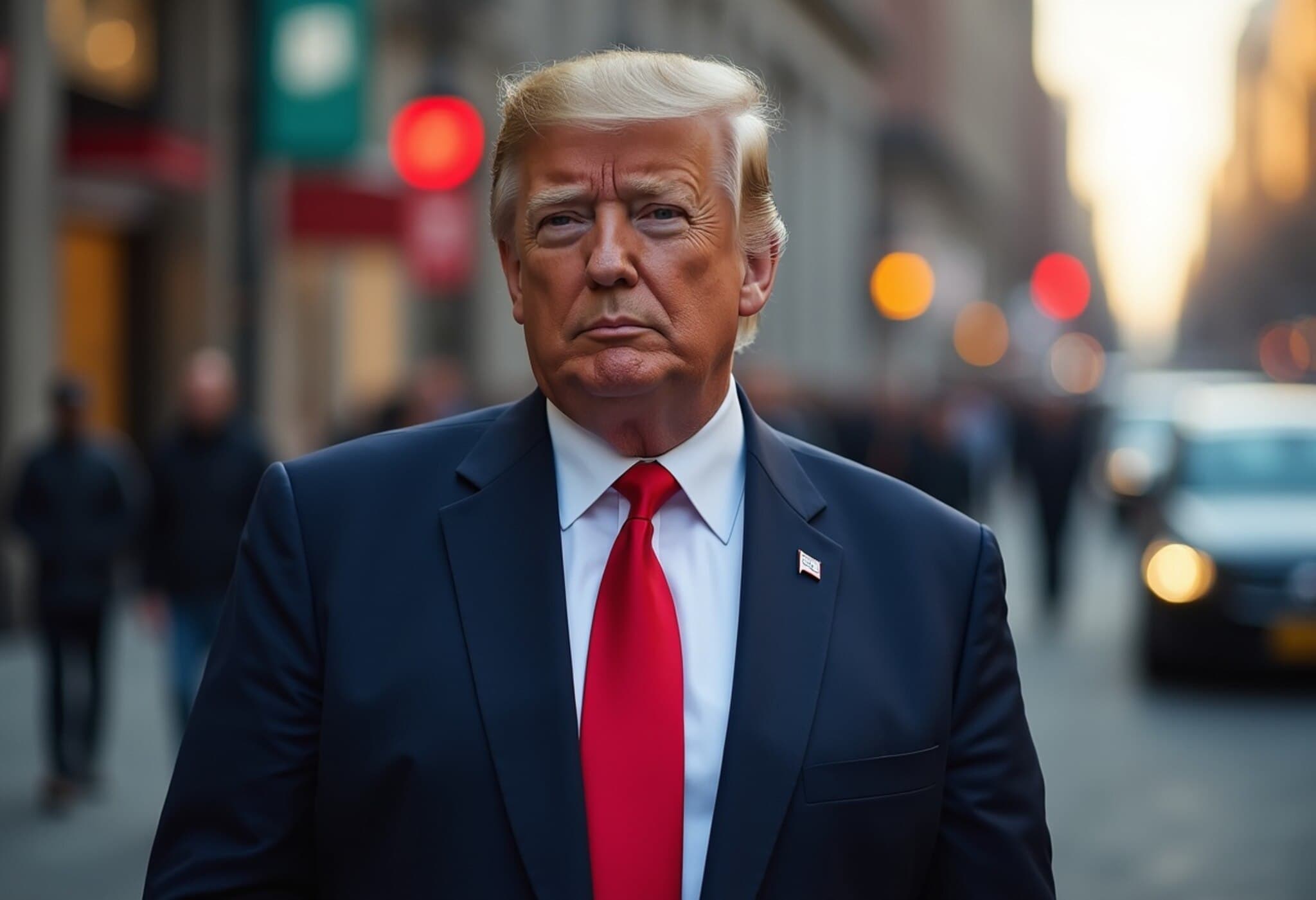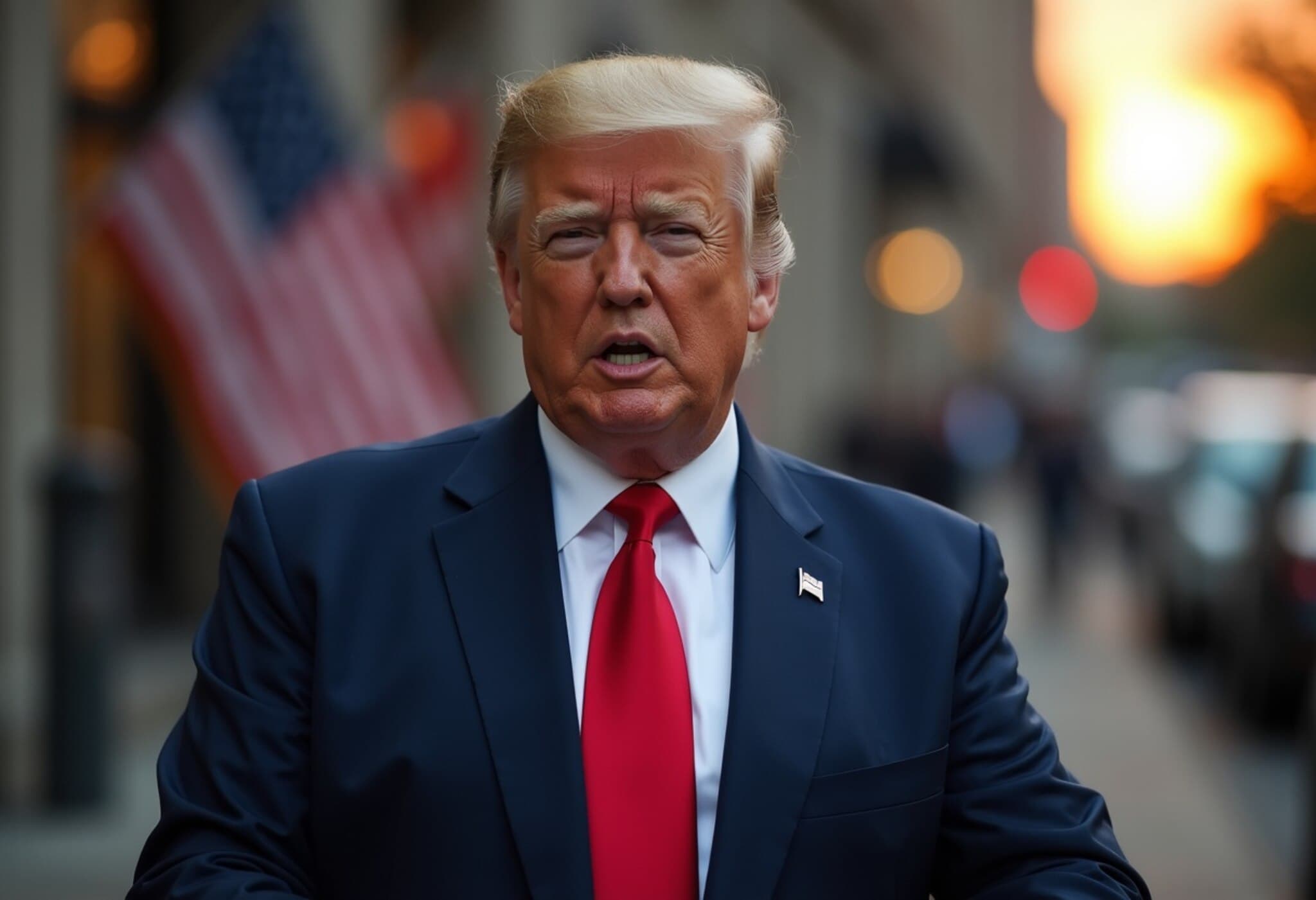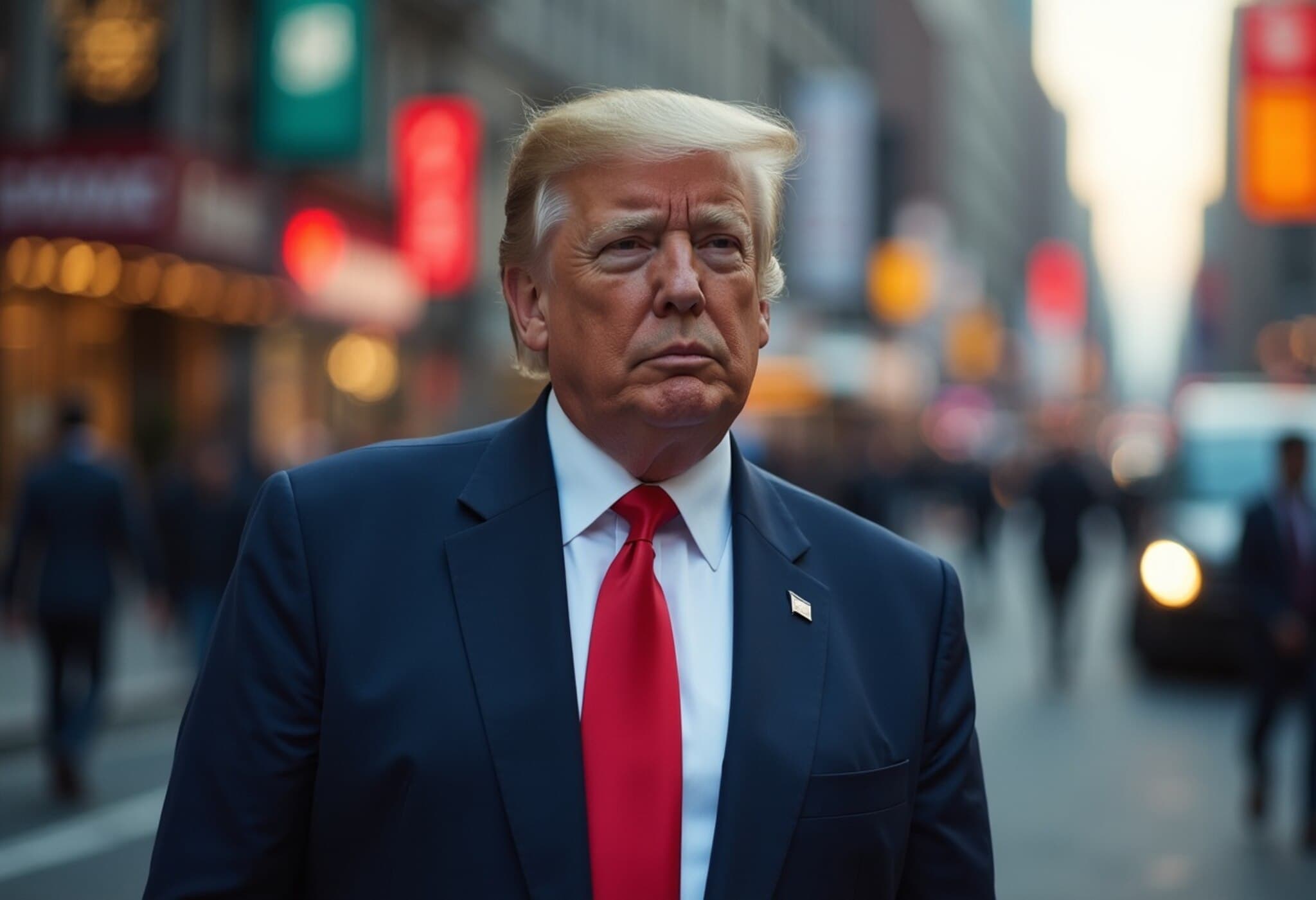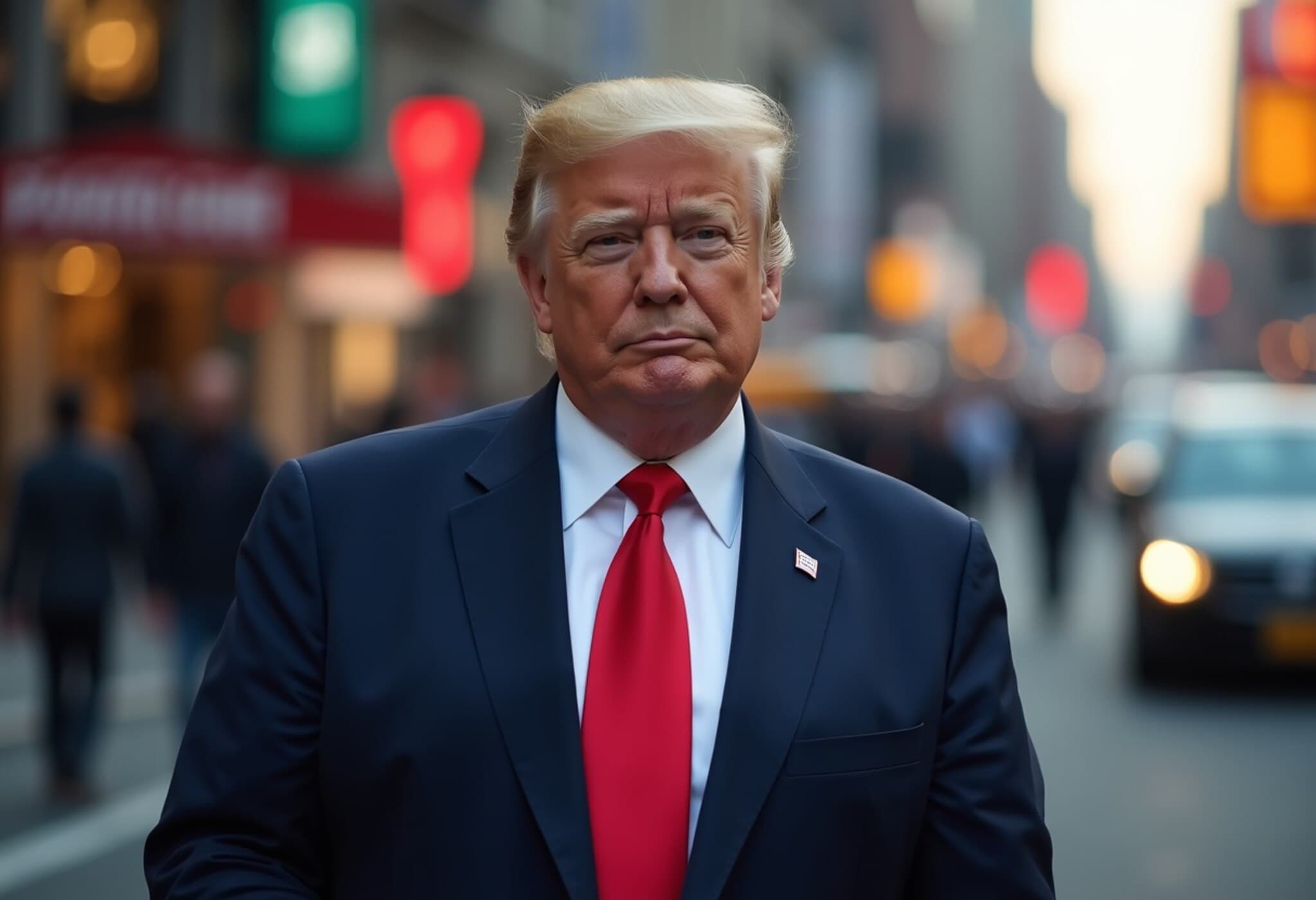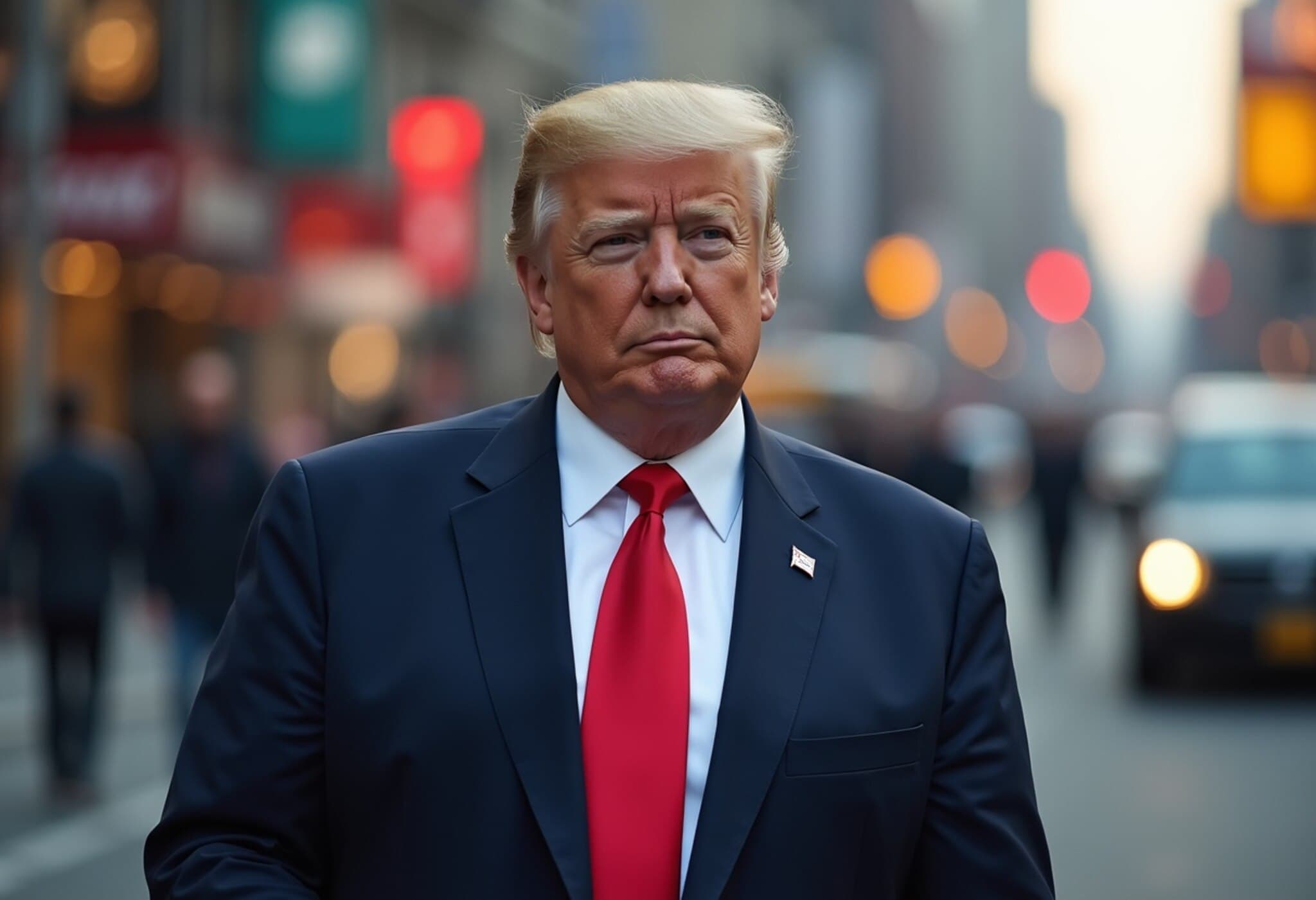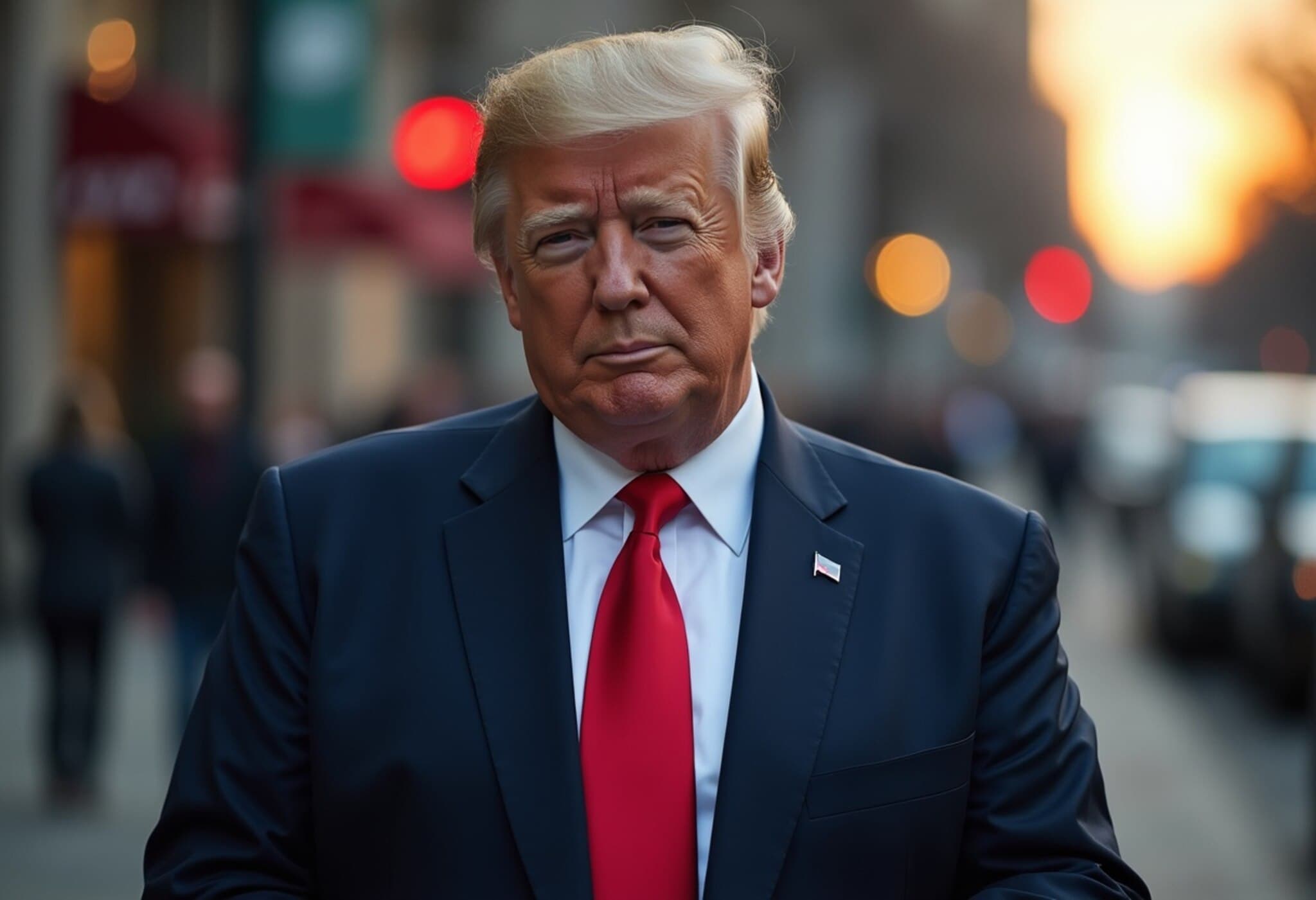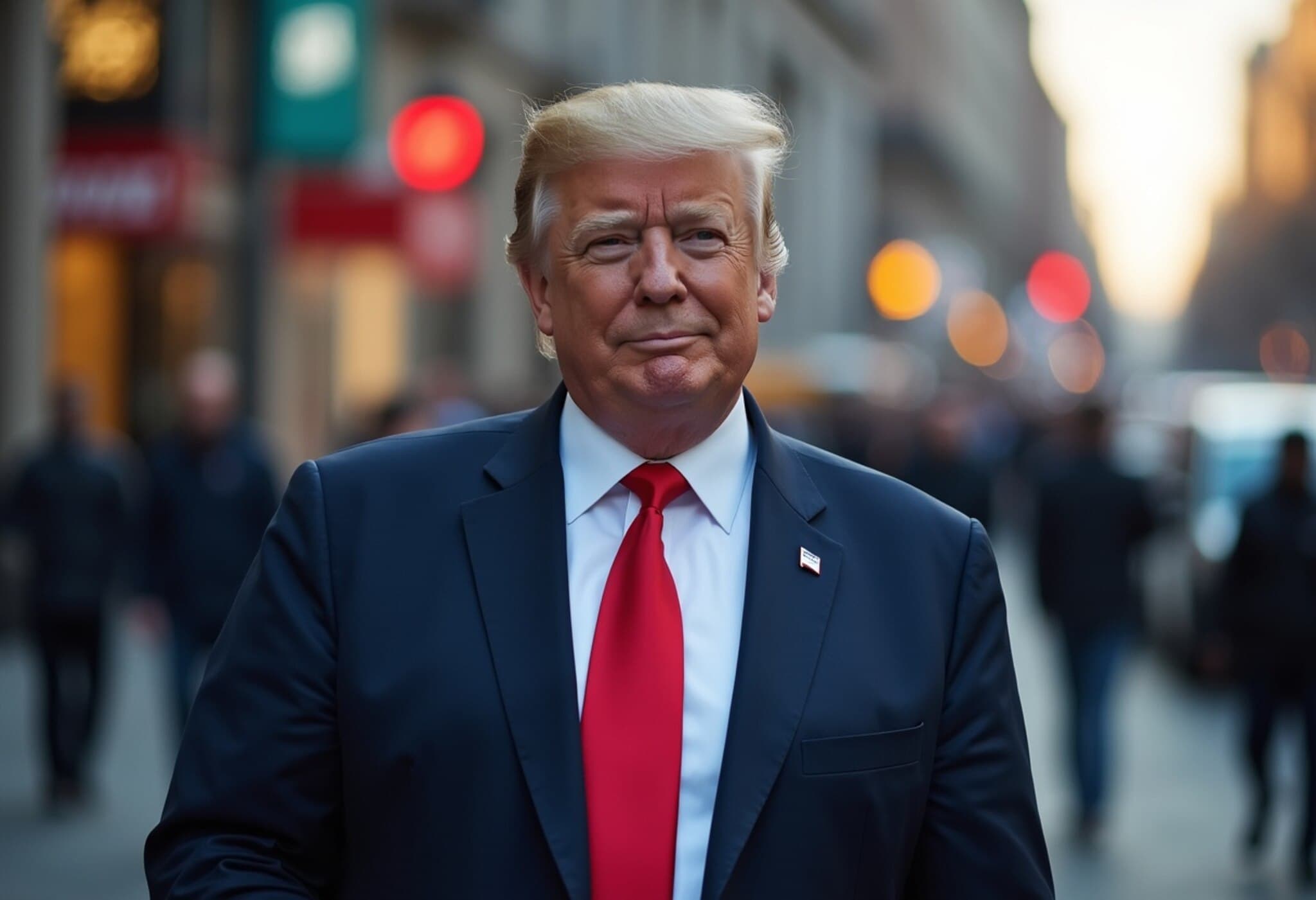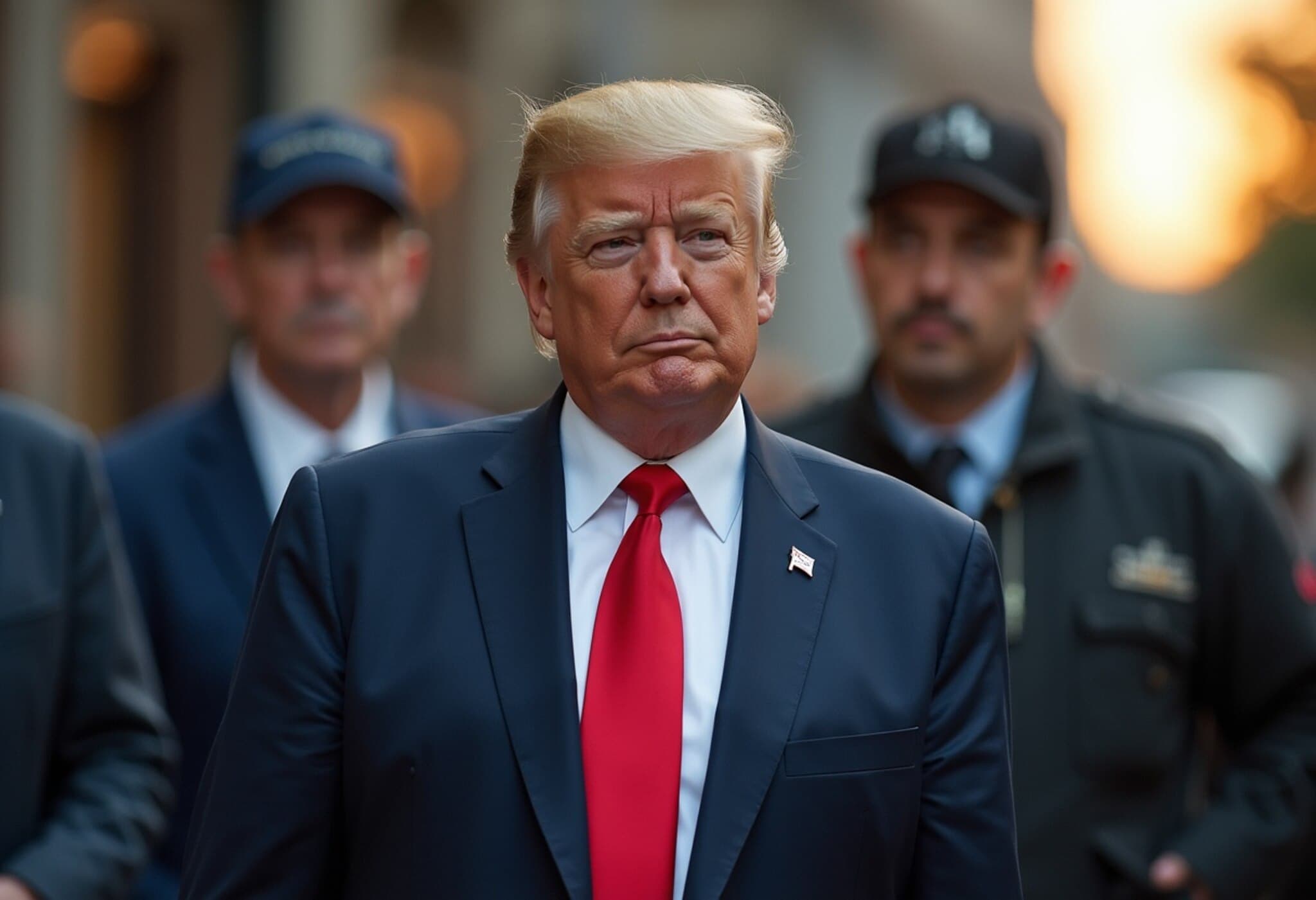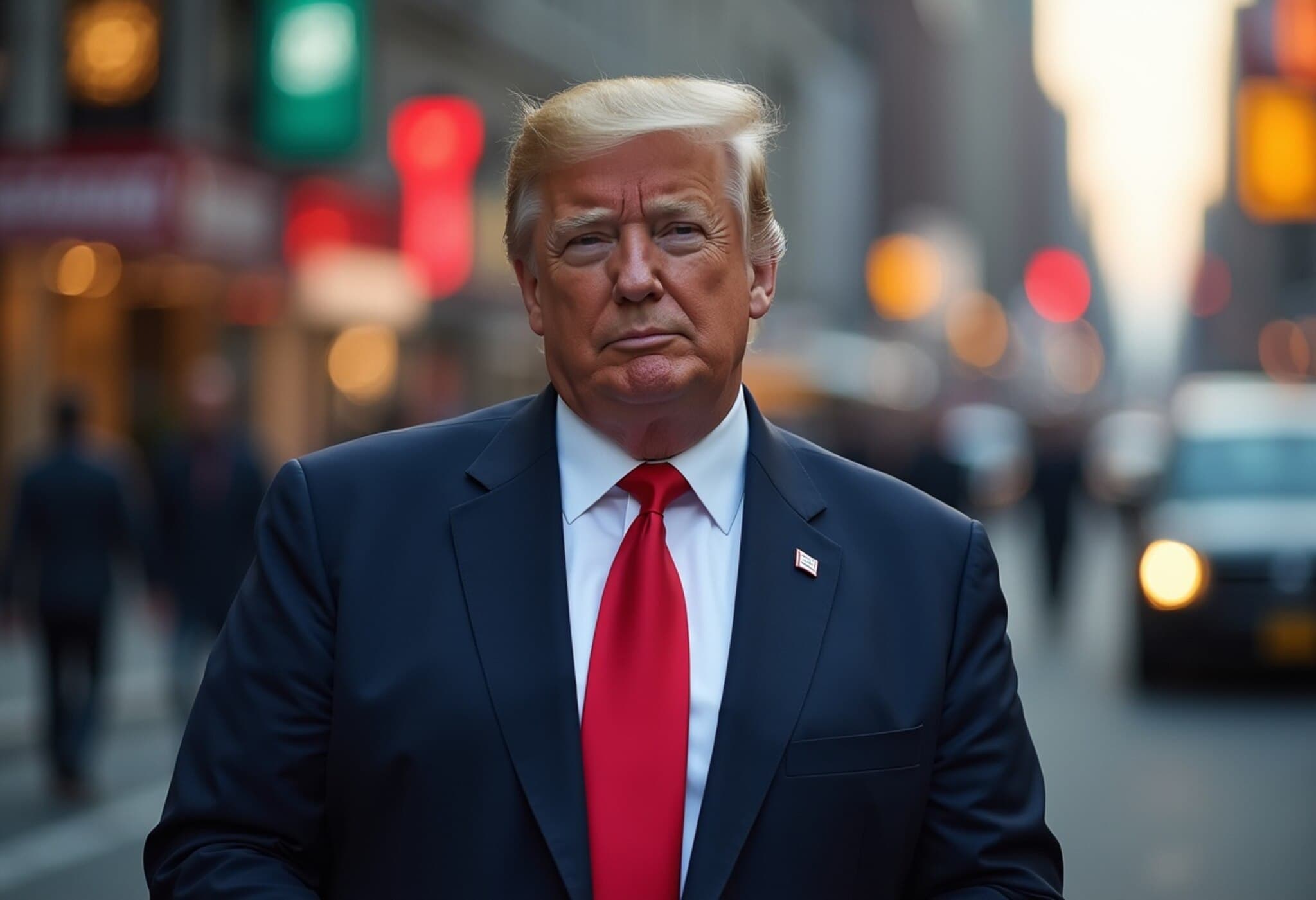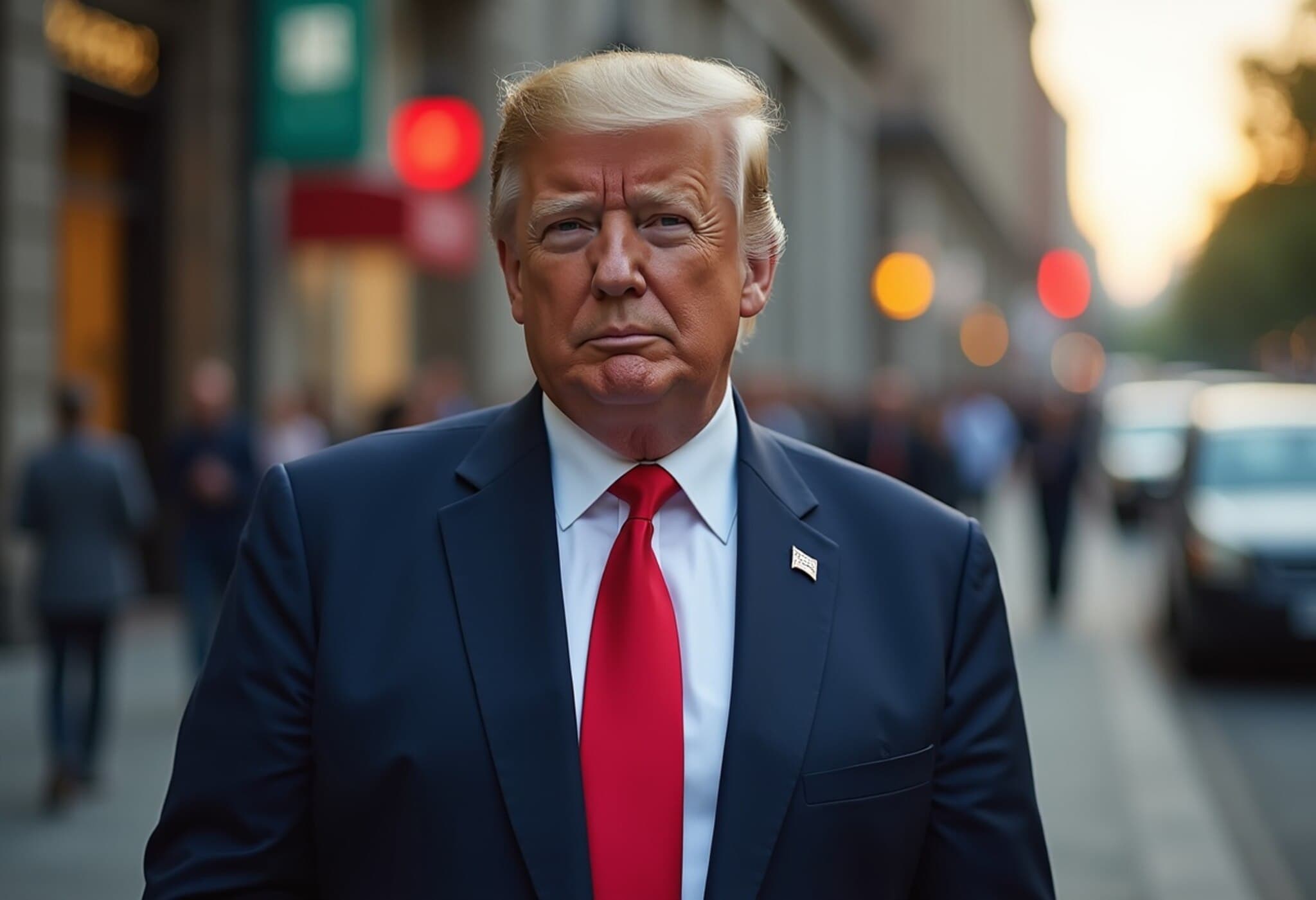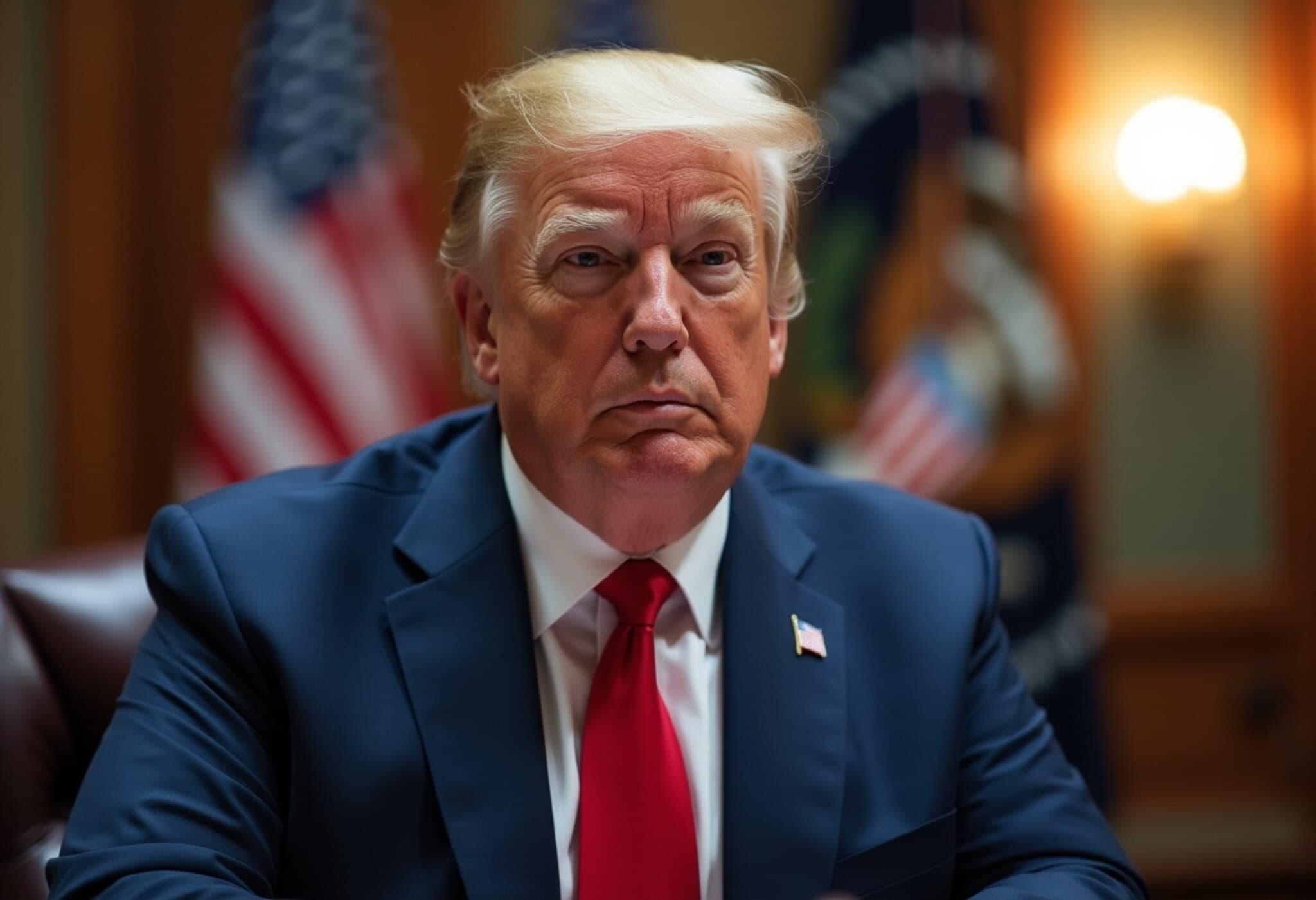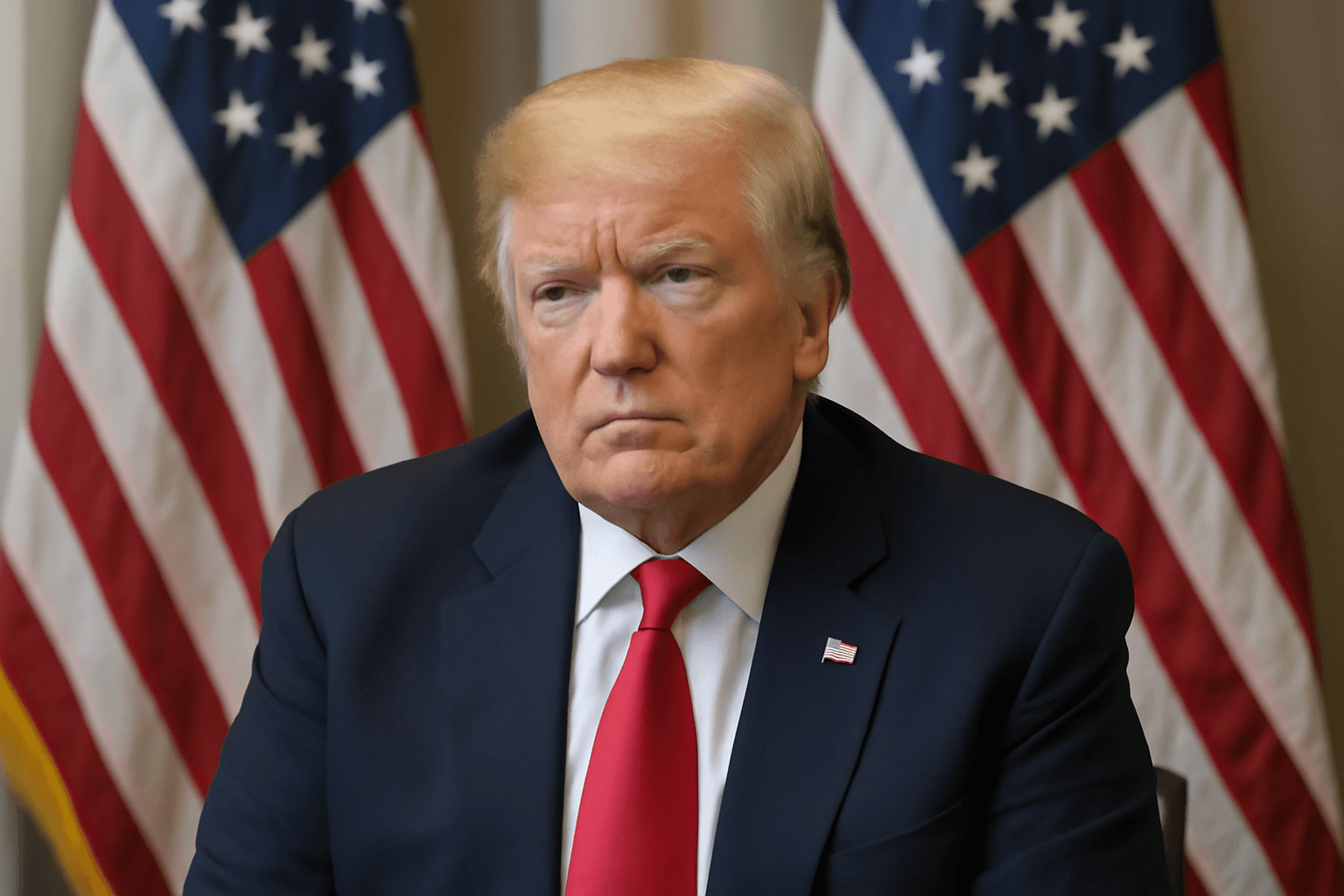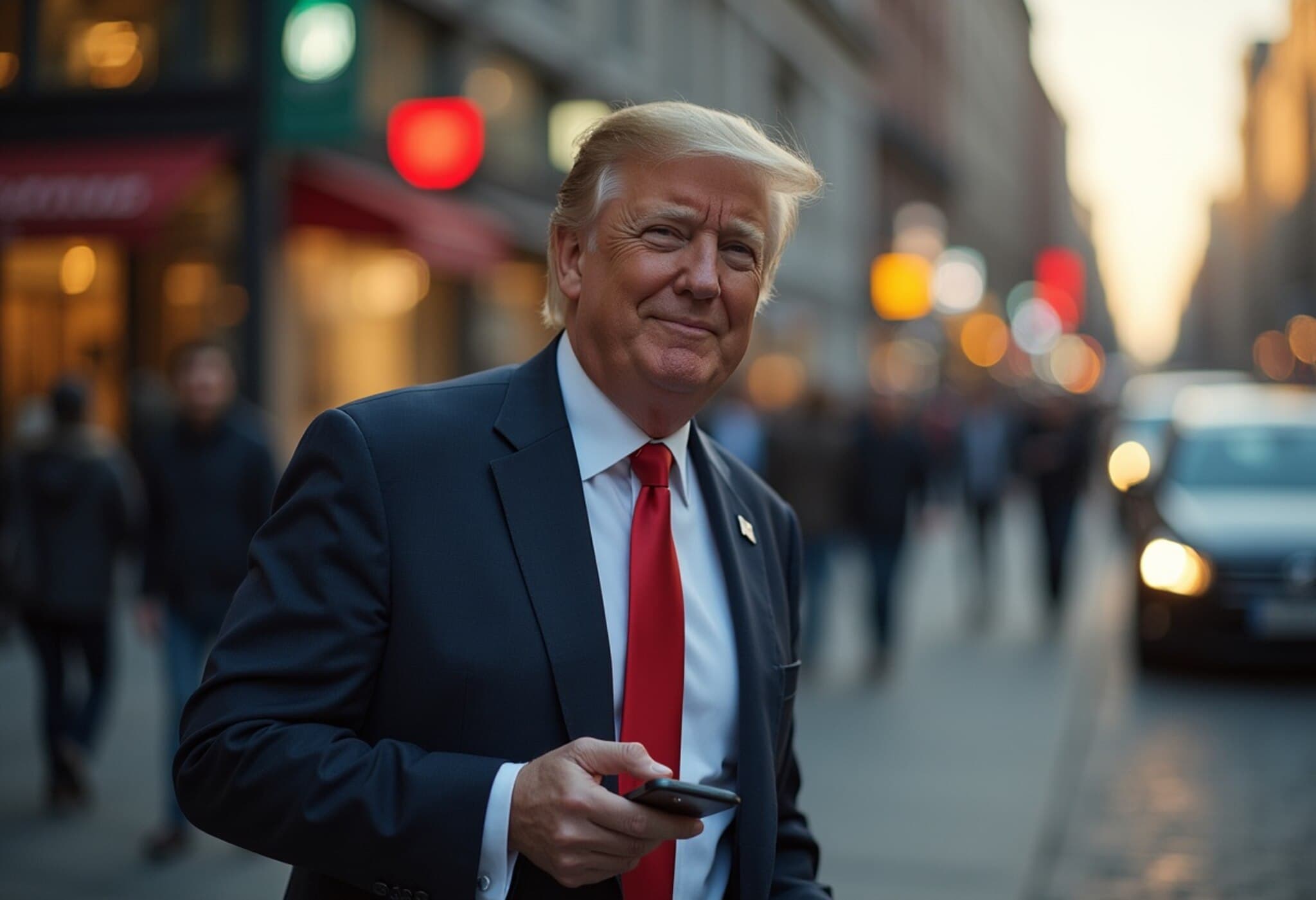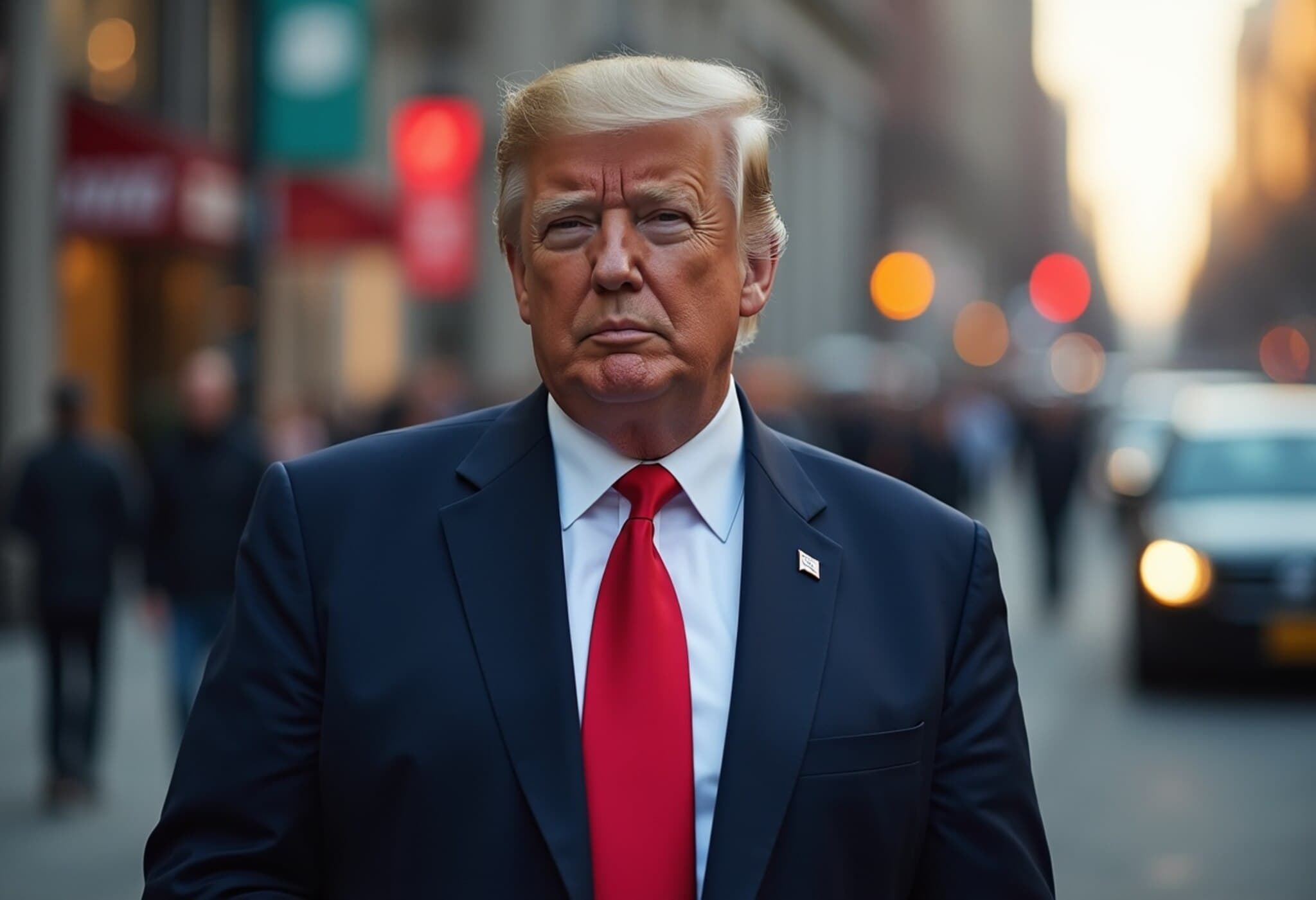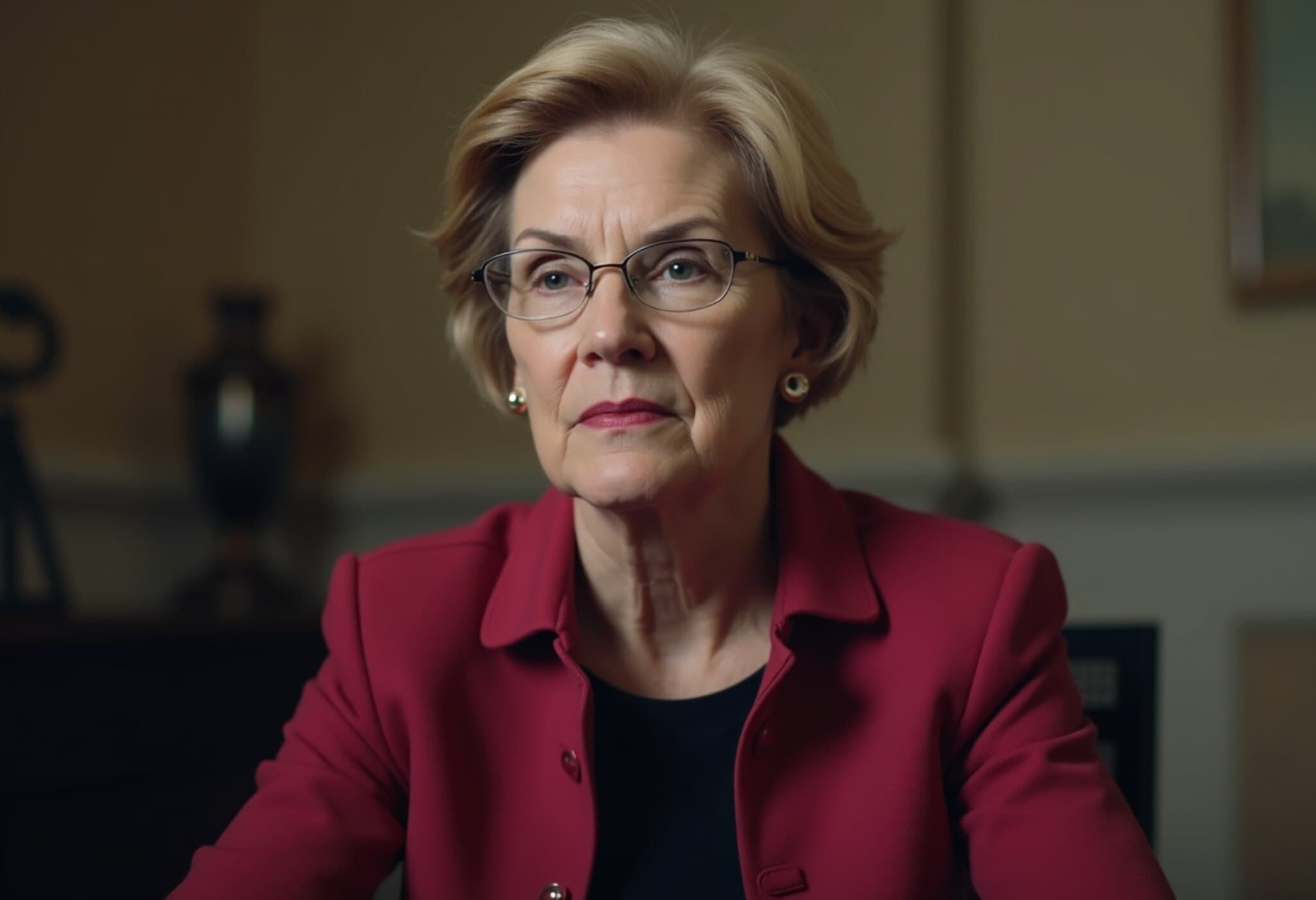Trump to Impose 10–15% Tariffs on Over 150 Countries, But Major Trade Partners Exempt
In a recent announcement, former US President Donald Trump revealed plans to implement tariffs ranging from 10 to 15 percent on imports from more than 150 countries worldwide. However, a notable exception applies: key US trading giants will not face these new levies. This move signals a nuanced approach amid ongoing global trade tensions and volatile economic landscapes.
Details and Scope of the Tariff Plan
Speaking to reporters on July 17, 2025, Trump outlined the strategy, emphasizing that the tariff rate would be communicated shortly to the affected countries. "We’ll have well over 150 countries that we’re just going to send a notice of payment out, and the notice of payment is going to say what the tariff rate will be," Trump said, noting the rate was still under consideration but likely between 10 and 15 percent.
Crucially, Trump made clear that this broad tariff schedule "will not include large trading partners," suggesting that countries with significant bilateral trade volumes with the US likely will be excluded from these tariffs. "These countries will not be big countries and they don’t do that much business," Trump added.
Economic and Strategic Implications
Alicia Garcia Herrero, Chief Asia Pacific Economist at Natixis, provided critical insight into the tariffs' potential ripple effects. She interpreted the lower levy on smaller economies as a pragmatic signal that the administration recognizes the disruptive qualities of excessively high tariffs.
“For much of the world — and Asia in particular, which faces among the highest levies — the rate announcement could be read as a positive, providing some certainty for smaller countries with a lower rate than initially threatened,” Herrero told Bloomberg. “This move signals that Trump is realizing too high tariffs are disruptive.”
Her commentary highlights an important dynamic: while tariffs can serve protectionist aims, they also carry risks of destabilizing global supply chains and escalating trade conflicts.
Previous Tariff Actions and Affected Countries
Since April 2025, the Trump administration has already imposed steep tariffs on select nations, including some of the US’s strategic trade partners. For instance, the US recently sent notice letters imposing tariffs of:
- 25% on Malaysia
- 35% on Bangladesh
- 32% on Indonesia
- 30% on South Africa
These tariffs have significant ramifications, given these countries' roles in global manufacturing and supply chains. South Korea and Japan remain major suppliers of automobiles, pharmaceuticals, semiconductors, and machinery to the US market. Malaysia is the second-largest chip supplier, while Bangladesh, Indonesia, and Cambodia serve as key hubs for apparel manufacturing. South Africa accounts for nearly half of all US platinum imports, underscoring its strategic economic importance.
Broader Context and Future Outlook
This tariff announcement comes amid a broader restructuring of US trade policy, reflecting ongoing tensions with China, shifting alliances, and a keen interest in bolstering domestic manufacturing. Yet, by exempting major trade partners, the administration appears to balance protectionist ambitions with the practical need to maintain stable economic ties.
Experts and markets alike will be watching closely to see how these tariffs affect supply chains, global markets, and international relations in the months ahead, especially as the US navigates a complex global economic recovery post-pandemic.
Editor’s Note
Trump’s staggered tariff approach reflects a subtle recalibration of US trade policy that recognizes the disruptive potential of high tariffs on key partners while signaling a more targeted approach towards smaller economies. This raises critical questions: How will affected nations respond diplomatically? Will this pressure accelerate efforts to diversify supply chains away from the US? And fundamentally, can tariffs remain an effective tool in a deeply interconnected global economy? The evolving story warrants close attention from policymakers, businesses, and consumers worldwide.

